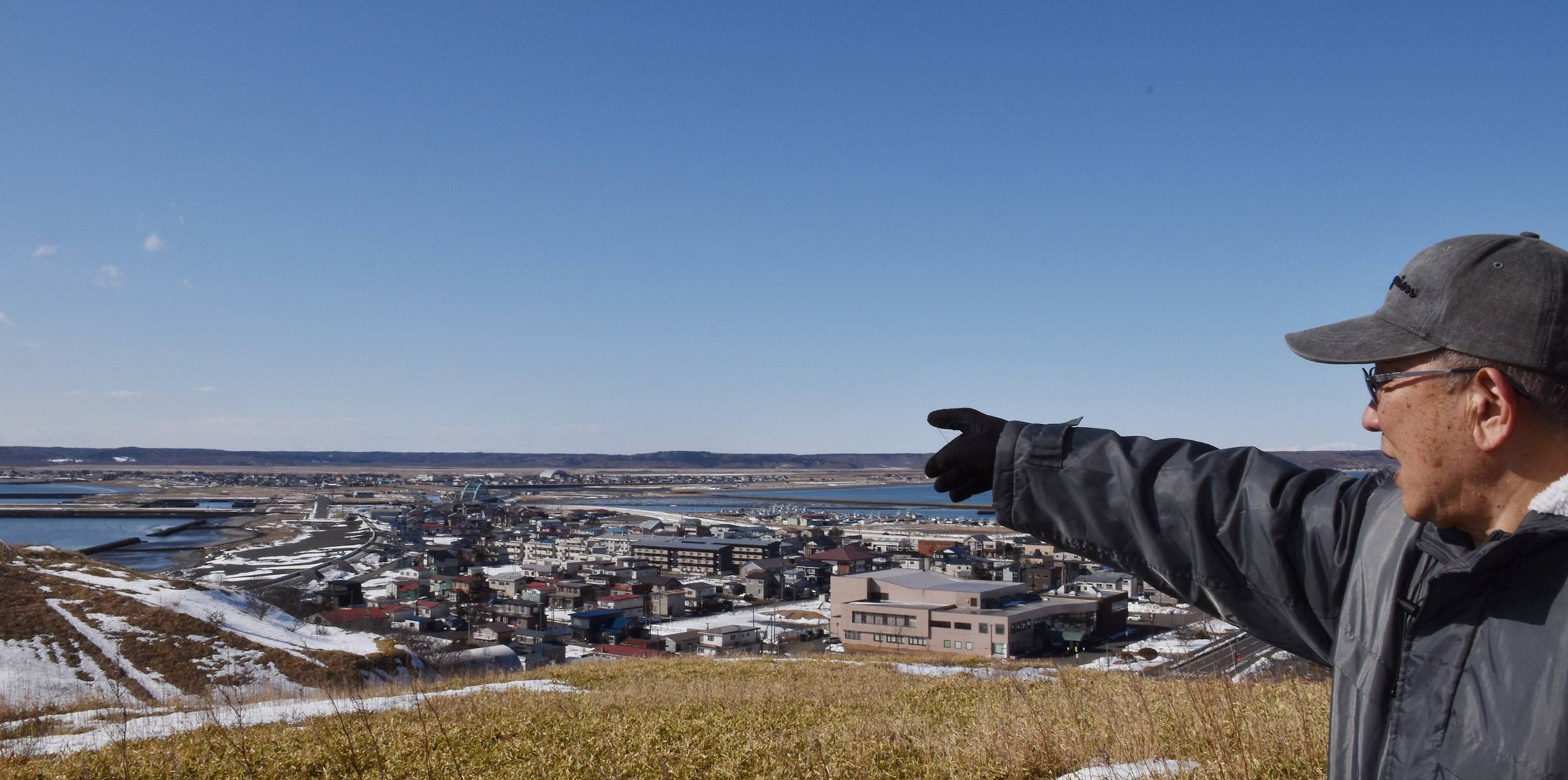Eleven years have passed since the 2011 Great East Japan Earthquake, and the Kushiro and Nemuro regions of eastern Hokkaido still urgently need to draw up disaster prevention measures for the midwinter period — including ways to avoid damage from so-called ice-tsunamis, or giant waves carrying floes of ice.
According to earthquake damage estimates released by the government in December, up to around 200,000 people could die if a megaquake struck in the Japan Trench or the Chishima Trench off the coasts of Hokkaido and the northeastern region of Tohoku during winter, when it becomes more difficult for people to evacuate. But the report said the death toll could be greatly lowered if people are able to evacuate quickly. Experts point to the need to consider disaster prevention measures in detail, particularly for winter.
Mitsugu Kawamorita, 80, of Hamanaka in Kushiro, recalls the ice tsunami caused by an earthquake off the coast of Tokachi, Hokkaido, on March 4, 1952. “Tsunami containing drift ice came and went many times, breaking down houses and engulfing a boat — splitting it into two,” he said.



















With your current subscription plan you can comment on stories. However, before writing your first comment, please create a display name in the Profile section of your subscriber account page.